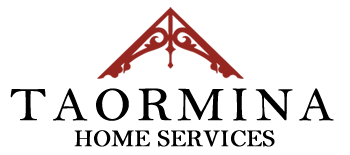Insulation is the primary way that your home can minimize both heat loss and sound transfer – thus keeping your home’s temperature comfortable and your energy bills down. However despite its important role, insulation is far too often undervalued or overlooked. In most new construction projects, current codes will be adhered to largely because the local code inspector is there to enforce it. However in many renovation projects, insulation is often installed without much thought or consideration at all. Thankfully, homeowners are now becoming more energy conscious and starting to give consideration to this important part of the building envelope.
Types of Insulation
Ther are several different types of insulation, each with a range of applications, making certain types of insulation better suited than others for specific situations. We will cover a few of the most used types here.
Fiberglass:
The most common type of insulation, fiberglass, is affordable and versatile; and can be installed in many formats (spray, loose fill, roll, or batts).
Fiberglass is also fire resistant and won’t contribute fuel to a fire (although the paper facing may). However, it has a low melting point which can contribute to the spread of fire through the cavities where it was installed by opening an air path where flames can spread.
Fiberglass also has its limitations. With a lower R-value than other types of insulation, it’s not the best choice to reduce air flow or limit noise transfer. It also is the most irritating form of insulation to your skin and lungs, so protective gear is required when installing it.
Foam:
Offered in both spray and board formats, foam insulation is made mostly of thermoplastic materials. Foam typically has a higher R-value than some other types of insulation; this makes it a good choice to minimize thermal conduction through wood or steel framing, and under concrete slabs, providing a “thermal break” between building elements.
Spray foam is specifically ideal for small insulation jobs like sealing the perimeter of windows and doors and “air sealing” building framing. Fire blocking spray foam is mandatory for sealing pipes and cables that pass through framing members. Foam has a higher price tag than fiberglass, and the use of plastic makes it a bit less environmentally friendly option, but it does hold an important place in a building envelope. Applying closed cell spray foam to critical areas of a home can significantly reduce energy consumption and noise but is not recommended for an entire structure because it can contribute to moisture issues.
Mineral wool:
The R-value of mineral wool insulation is R-4 per inch, which is higher than fiberglass and it is much better at reducing sound transmission and reducing air flow through a structure. It can also resist temperatures above 1800°F and will not develop toxic smoke or promote flame spread, making it an ideal choice for fire protection.
There are several types of mineral wool insulation available for different applications, some more suited for thermal applications and others better at reducing sound transmission. Although the benefits of mineral wool do come at a higher price, over time, you’ll be repaid in savings on heating and cooling costs, and a more comfortable home.
Vapor barriers:
There is a world of building science dedicated to insulation and vapor barriers. Because vapor barriers prevent moisture from condensing on cold surfaces, it’s very important to use the correct type and install it in the correct manner for specific applications. Vapor barriers are an essential part of a well-insulated home.
Luckily, if you feel your home is under-insulated, you may not need to completely replace it to increase your insulation’s R value; you can add and use different insulation types, to achieve the right results for your home. One of the best times to upgrade the insulating quality of your home is during a renovation project. If you’re not sure what kind of insulation to go with, your contractor can help you figure out which option is best for your project.
An informative guide is available at: https://www.energy.gov/sites/prod/files/guide_to_home_insulation.pdf.

